While it may seem counterintuitive for a dog to shed during the winter, it’s actually quite common for our four-legged friends. Dogs with long hair and short hair grow and shed fur throughout the year, even when the weather gets cold. However, some dogs deal with more hair loss than others during the winter season.
Starting to wonder what’s going on with your best friend’s winter coat? Let’s examine some reasons why your dog is shedding during winter.
Four Reasons Why Dogs Shed in the Winter
Seasonal changes
One reason why dogs shed in winter is because it’s normal for most of our furry friends to shed all year round. Apart from a small number of dog breeds like Poodles or Bichon Frise that don’t shed, the majority of canine companions will lose their fur throughout the year. Fur grows in cycles where every hair grows, rests, dies, and falls out over time. Shedding is simply the portion of this process where the hairs fall out so that they can be replaced by new fur.
While some fur naturally falls out over time, the changing of the seasons does accelerate shedding for many dogs. This is especially true for dogs with double coats, where they have a longer, protective top coat and a shorter, denser undercoat built for warmth. Changes in temperature and daylight will cause furrier friends like Siberian Huskies, Australian Shepherds, and Golden Retrievers to shed even more to prepare for the upcoming season.
These periods of added shedding typically start during the spring and fall when the weather shifts. As such, dogs may shed more in the winter because they’re losing their summer coat and growing in their extra fluffy winter layer. Just think of it as your dog trading in that lightweight jacket for a winter parka, except that you’ll likely need a vacuum to clean up after them.
Dehydration and dry skin
Cold weather isn’t the only way that winter impacts your dog’s shedding cycle. It can seem like your dog may not need as much water during the winter months as in the summer, but it’s important to keep a steady source of fresh water available at all times. Keeping your best friend properly hydrated will help him maintain that healthy skin and prevent excess shedding.
Even if your dog is drinking plenty of water, seasonal dry skin can impact your furry friend. Cold, piercing winds can dry out your dog’s skin, especially if your pooch has short hair or a thinner coat. Dry air inside your home can also contribute to this issue.
There are a few ways that you can address dry skin. Limiting your dog’s time outside when it’s too cold out will protect your pooch against the weather, while a humidifier can help you manage dry air in your home. A good diet can also support your dog’s skin and coat. For example, Bil-Jac Sensitive Solutions Skin & Stomach Dry Dog Food is made with slow-cooked, premium ingredients to help your dog get the Linoleic Acid and Omega 3 & 6 Fatty Acids he needs for skin health.
More grooming is needed
Regular grooming is important all year, but it can become a pressing need when your dog begins to grow a winter coat. Brushing or combing removes all the dead hairs that can get trapped under their coats. As your dog begins to shed more, you may need to brush them more often. Short-haired dogs won’t need as much attention, but fluffier friends may need to be brushed and groomed weekly or even daily to combat the extra shedding and prevent matting.
Another factor to consider is whether you have the right equipment to deal with seasonal shedding. Double-coated dogs will likely need more than just a brush to appropriately deal with the excess fur. Slicker brushes are better at dealing with downy undercoats than standard brushes. Coat rakes and other shedding tools are also useful for heavy shedders, while a steel comb or mat splitter is good for dealing with any tangled fur.
Medical issues
While it’s very normal for dogs to shed in the winter, there are times when the season isn’t the root cause for excessive shedding. Skin sensitivities, anxiety, and certain health problems can all lead your dog to shed way more than normal. If your dog is still shedding excessively after adjusting their diet or grooming schedule, check in with your veterinarian to see if your best friend is dealing with any issues that may cause them to lose their fur.
Prepare Your Pup for Winter
As long as you make sure your best friend is well fed, hydrated, and healthy, a little extra shedding shouldn’t be a huge concern. Cleaning up after all that fur is a different story, but you can always check out our post on how to deal with dog hair in your carpet, clothes, and everywhere else.
Ready to learn more about how you can help your best friend? Join our Best Friends Club today to receive our exclusive email newsletter full of informative articles, training tips, and members-only discounts on Bil-Jac Dog Food, Treats, and other products.

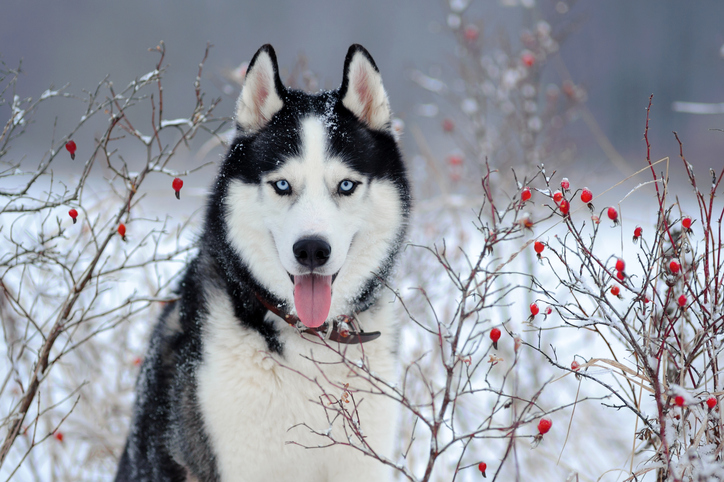
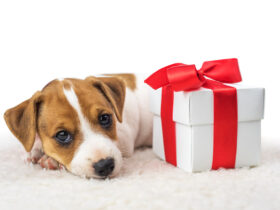
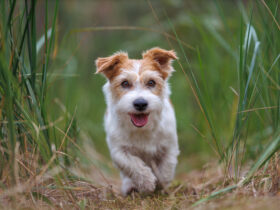

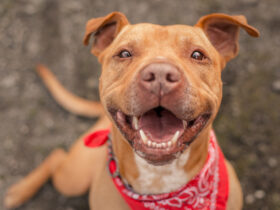
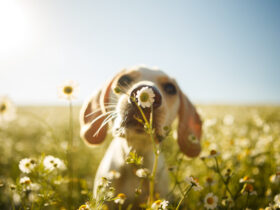
Leave a Reply